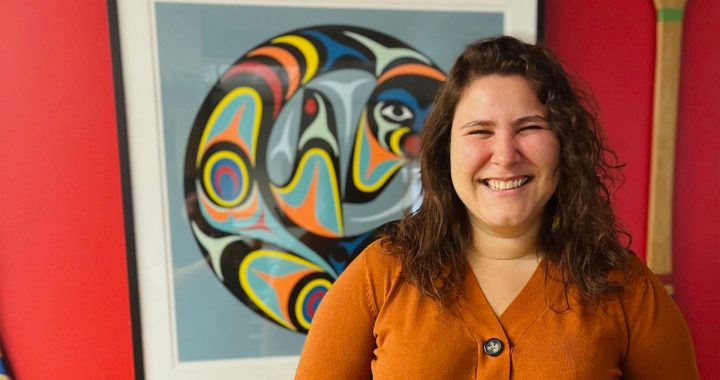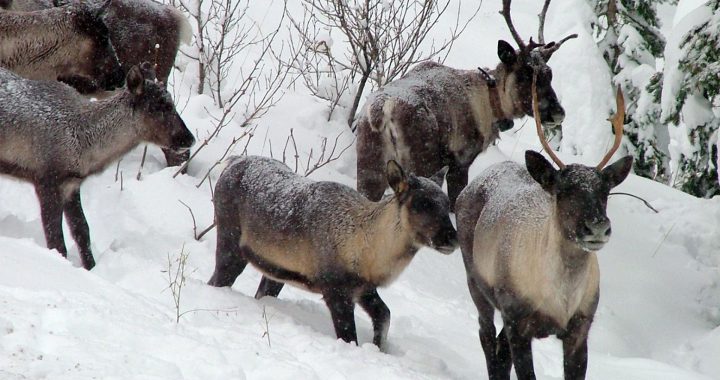An archeology team may have found historic piece of a puzzle at the Kilgii Gwaay site in Haida Gwaii, northern British Columbia.
It tells the story of how and when the first people inhabited North America.
Rolf Mathewes, a biological sciences professor at Simon Fraser University, has been researching climates and vegetation in the area for 30 years.
“It was a discovery by Daryl Fedje, an archeologist, who was working at the Kilgii Gwaay archeological sites on Haida Gwaii that has been dated 10,000 – 10, 800 years ago. We identified pollen and spores and charcoal from a in a small pond that was once fresh water and has now been covered over by rising sea levels,” said Mathewes in a phone interview with APTN News.
Discovery of charcoal points to the use of fire for heating and cooking food.
The archeological team dug deeper – finding more proof below the known occupation level. The samples were sent to the University of Victoria for radiocarbon dating.
Those samples point back 13,000 years ago, which is over 2,000 years before records of proven occupation.
“Why is there so much charcoal here, we are in a hyper marine-wet-coastal climate where forest fires are very rare or non-existent. We had my collaborators Terri Lacourse at the University of Victoria and her students did a very detailed – sliced the core into 1 cm slices and analyzed and counted the charcoal bits in there and discovered many peaks of charcoal were statistically significant below the period of known occupation,” said Mathewes.
One major implication of the findings says those here were already adapted to using marine vehicles, hunting and fishing before 13,000 years ago.
“The archeological evidence of the animals that were used include marine fish like halibut, salmon and others. What really surprised me was there were bones of albatross in here,” he said.
Another implication challenges what the scientifically accepted Clovis First Model – that inhabitants first came through the Bering Strait, through the ice-free corridor to the interior and then adapted to a coastal and marine lifestyle.
“Now it looks like it’s the other way around, people came down using watercraft knowing how to use marine resources. That is a major change in thinking from a land-based to a marine but to marine to probably more land-based,” said Mathewes.
There are still archeologists that oppose the early coastal migration findings like found at Kiglii Gwaay but there are other recent discoveries in North America dating back 16,000 years ago.
Scientific beliefs are shifting that people have been on the coast much earlier than believed.
“That was really enhanced by a paper two months ago, in August In the Journal of Science – The Premier Science Journal in North America which found evidence of a site in Idaho called “Copper’s Ferry” which was date at 16,00 years ago and it’s in the watershed of the Columbia River,” said Mathewes.











Haha no surprise here.
Western science trumps what Indigenous people have been saying since time immemorial.
Science can support racist beliefs that dismiss Indigenous ways of knowing as being “unscientific”, “pagan”, or “insophisticated”. We know what we’re t
I don’t know why they don’t believe us that “We were always here!!!” We never ever migrated from anywhere,nor were we Chimpanzees or Apes. We are not Primates. We are First Nations. I don’t know why you have to dig up to find out or say you discover…We were always here. My late dad told me about the the stories of the three great waves our people survived. Don’t be saying you discovered. We know.
Just don’t agree with carbon dating anymore. Read the book Universal Model.